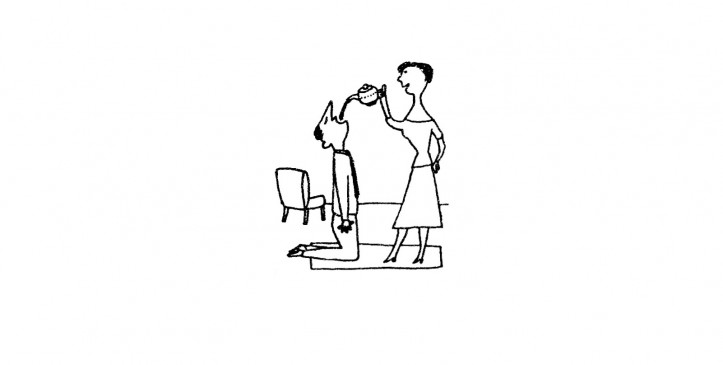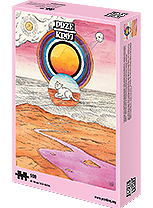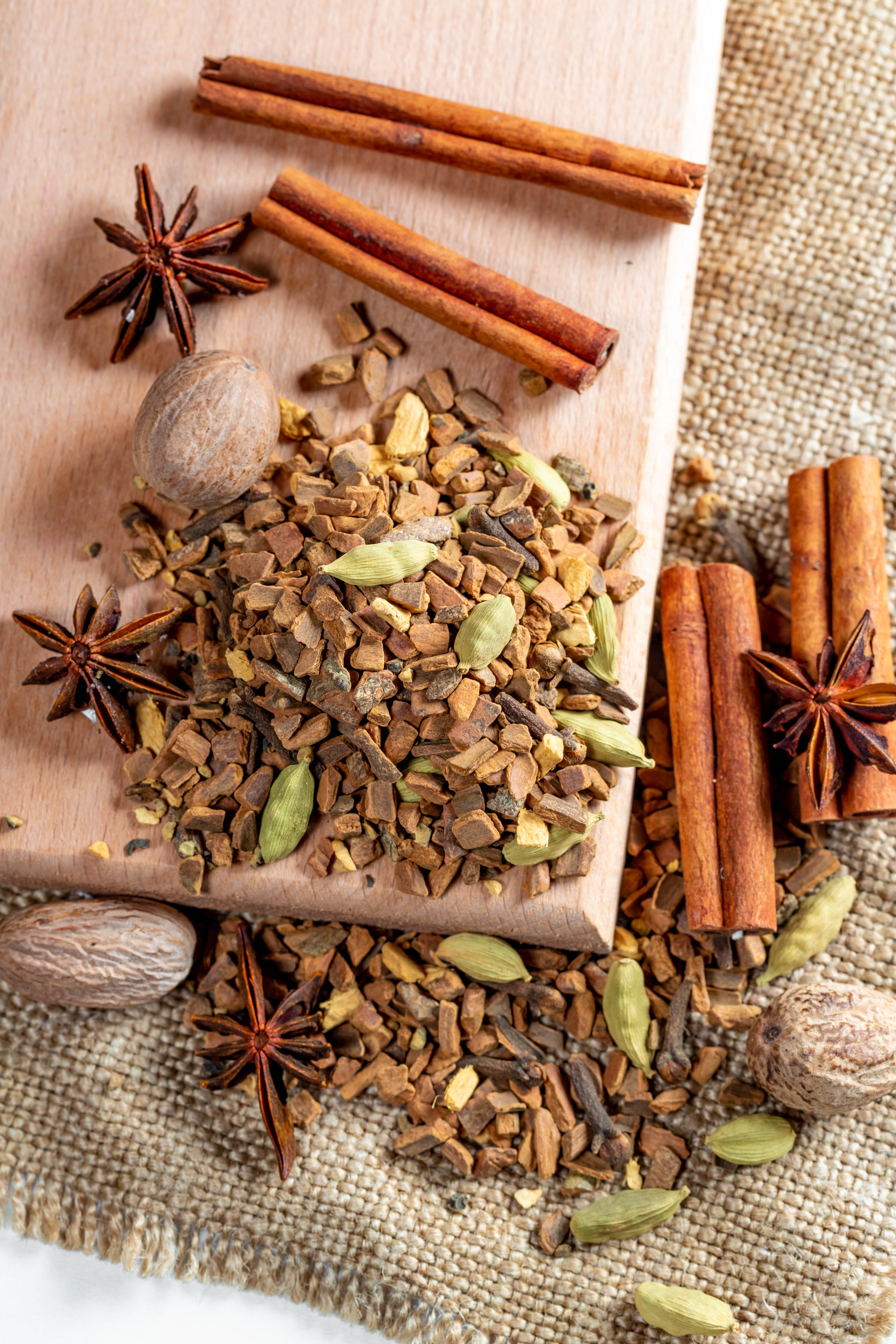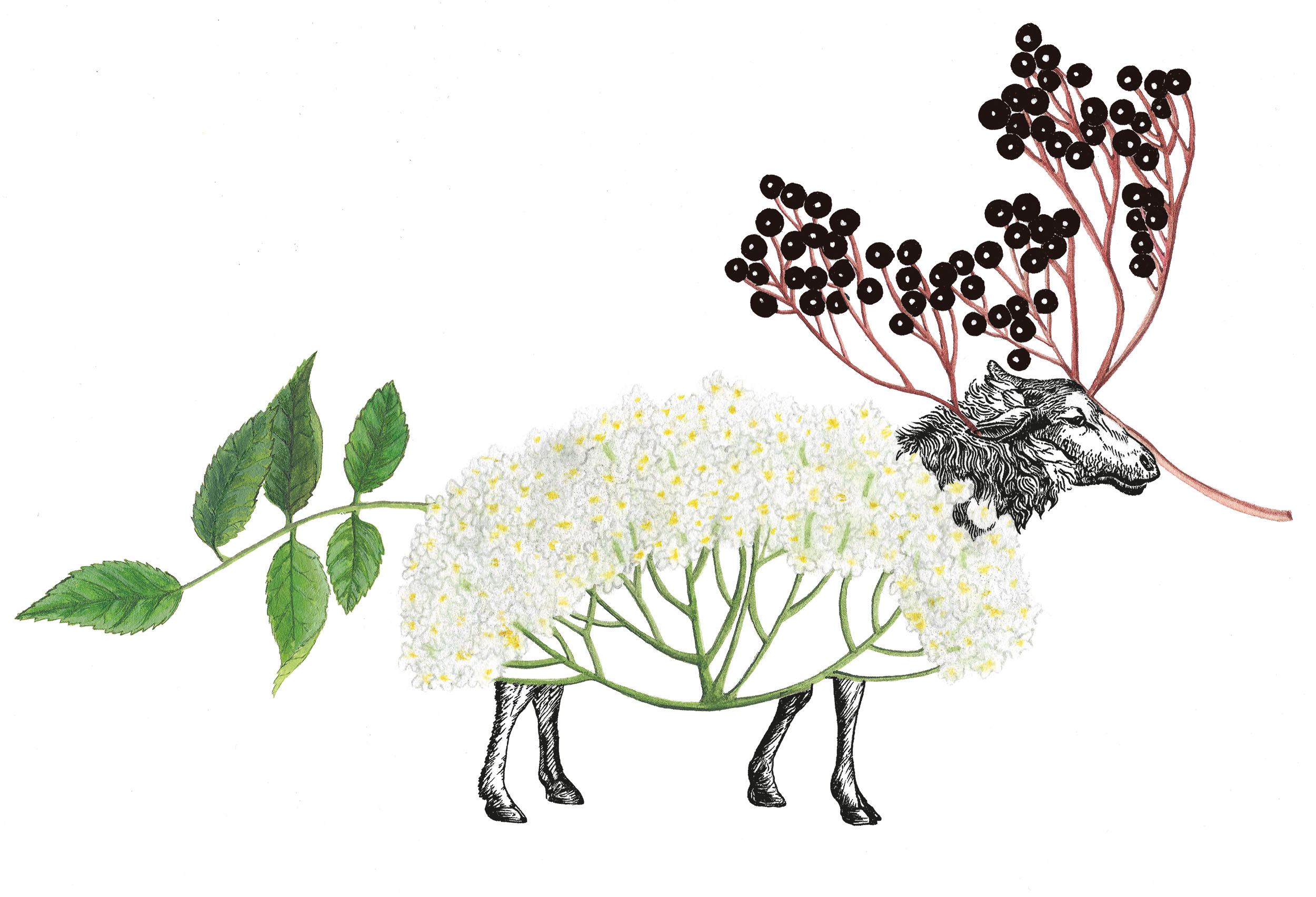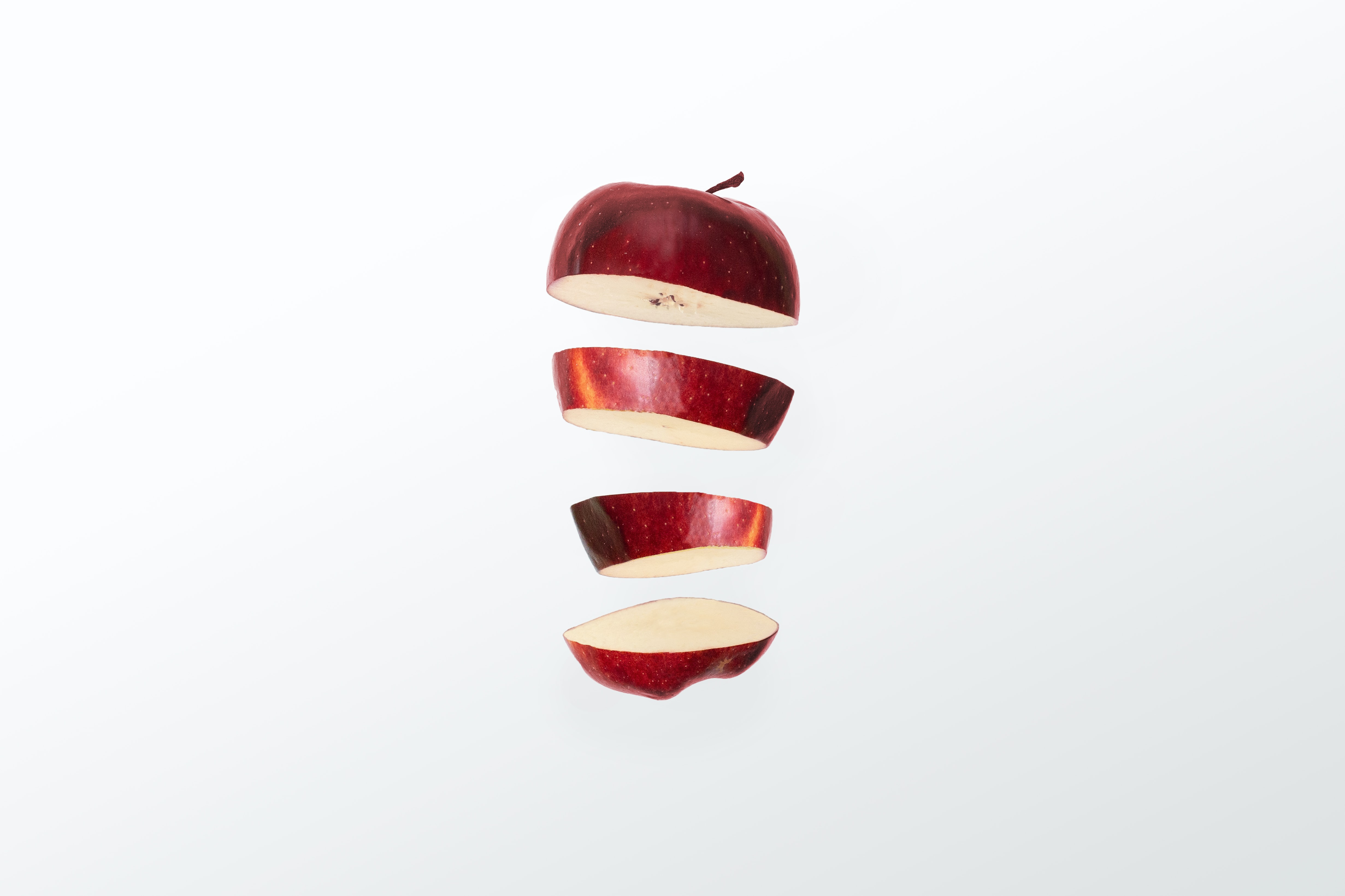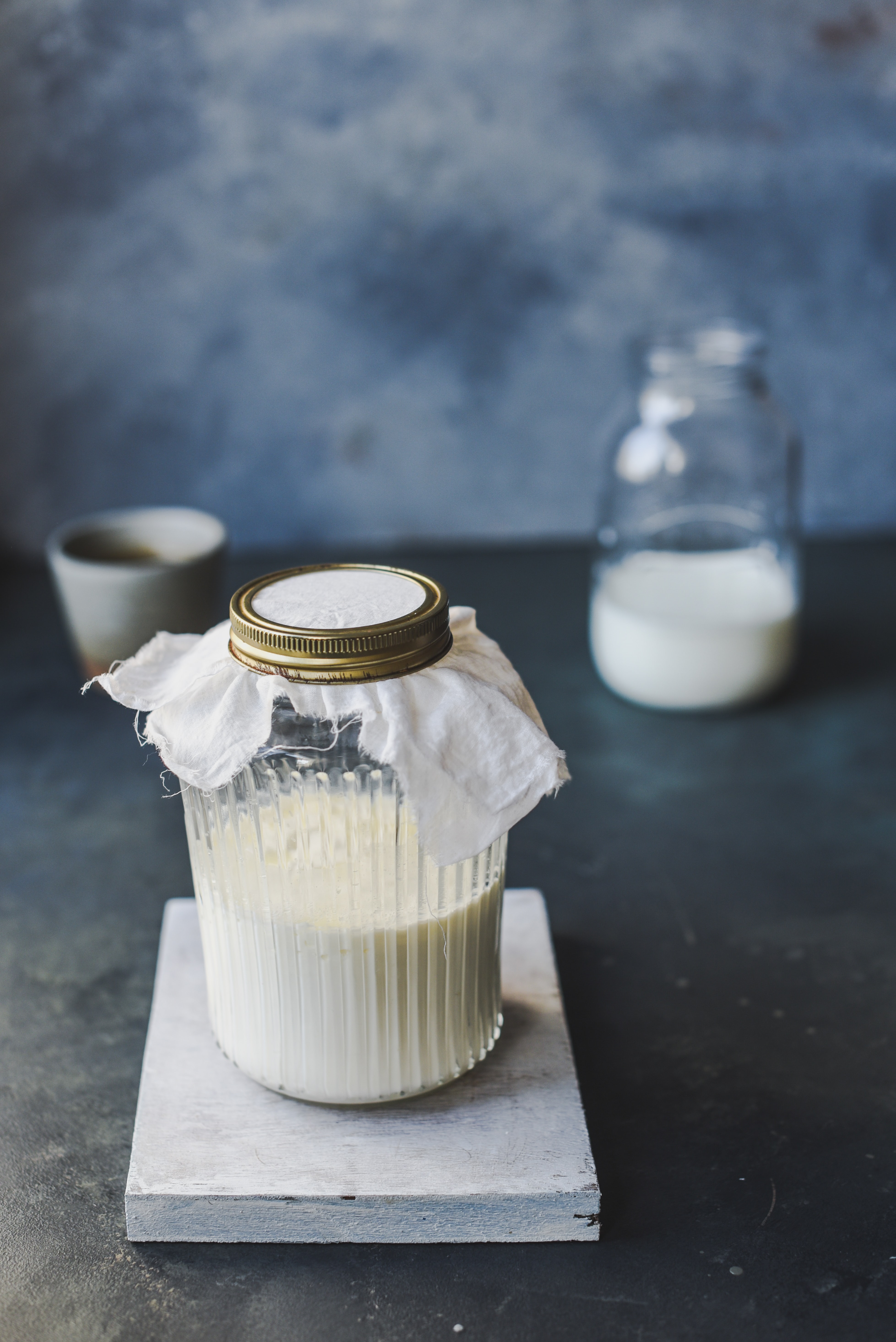
Cardamom, the ‘queen of spices’, has been traded and given as gifts for around 4000 years; it’s not at all unlikely that the Magi presented cardamom as a gift to baby Jesus. Used by Cleopatra as an aphrodisiac and in Arab culture as a symbol of hospitality, cardamom eventually found its way to Northern Europe by way of the Moors. Since that time, the spice has played an important part in Europe’s culinary history, particularly in sweets made for the Christmas holiday.
When I lived in India, I would often feel melancholic during the Christmas holiday, longing for cold weather and the warmth of Christmas cheer. One way that I would satiate my longings was through the flavours of what, for me, had always been Christmas spices: ginger, cloves, cinnamon, nutmeg and cardamom. Sipping on a hot cup of masala chai (spiced tea) would transport me to a place where Christmas trees sparkled and fireplaces crackled. Now that I’ve returned to Poland, masala chai has remained a part of my Christmas tradition, instead transporting me to memories of exotic markets and South Asian adventures.
Masala Chai
Serves 2
400ml water
Around 5cm (a thumb-sized piece) fresh ginger (trimmed and sliced)
3 pods green cardamom (husked, ground)
1 cinnamon stick
4 black peppercorns (cracked)
2 cloves (bruised)
3 black tea bags
300ml whole milk (around 3.2% fat)
3 1/2 tsp sugar
The best tool for processing spices is a mortar and pestle. For cracking and bruising spices, just tap them a little with the pestle until they open up. For the cardamom, hit the pods once to open them up, then pull away the outer husk. Strike the small black seeds a few times, then rub in circles until they come to a powder. Remove the skin of the ginger with a paring knife and slice into several rounds, lightly bruising the rounds with the pestle.
Bring some water up to a simmer and add the ginger, cardamom, cinnamon, peppercorns and cloves. Let it simmer gently for about 3-5 minutes before adding the teabags. Cook together for about 10 minutes. Strain the spices, ginger and teabags from the liquid, and then return it to the stove, discarding the strained materials. Add milk and sugar to the tea and bring to a boil, whisking to dissolve the sugar and to froth the milk. Pour into mugs.
